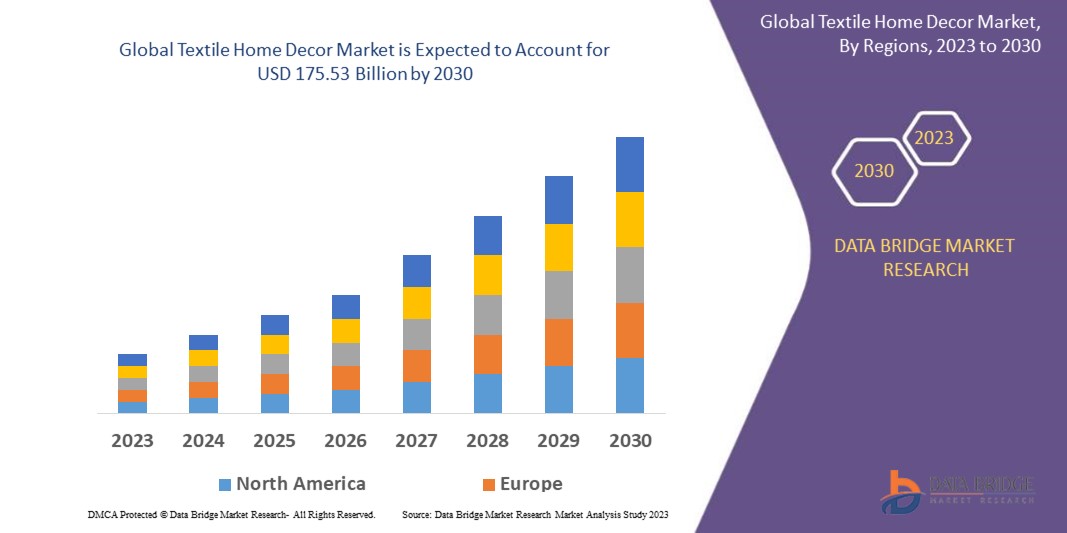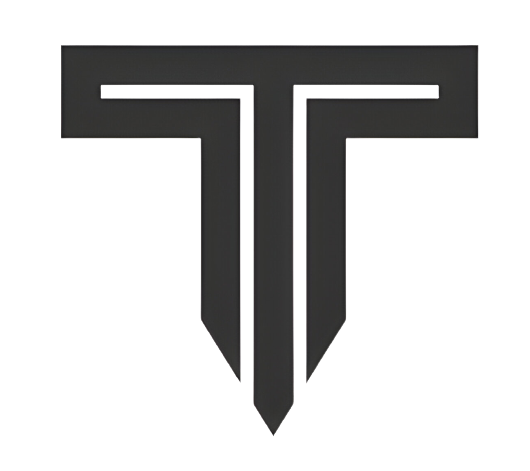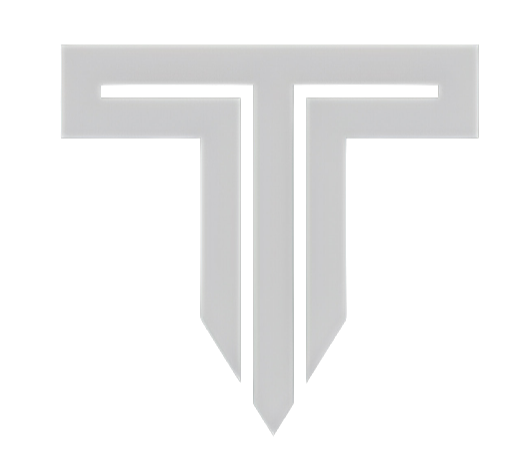 Executive Summary Textile Home Decor Market: Growth Trends and Share Breakdown
Executive Summary Textile Home Decor Market: Growth Trends and Share Breakdown
Data Bridge Market Research analyses that the textile home decor market is expected to reach USD 175.53 billion by 2030, which is USD 105.27 billion in 2022, registering a CAGR of 6.60% during the forecast period of 2023 to 2030.
The Textile Home Decor Market report has been formed with the appropriate expertises that utilize established and unswerving tools and techniques such as SWOT analysis and Porter's Five Forces analysis to conduct the research study. Several company profiles included in this Textile Home Decor Market report can be pretty useful for making any decision associated with revenue, import, export and consumption. This report studies and evaluates facts and figures about the market segmentation very watchfully and represents it in the form of graphs for the better understanding of end user. This market report endows with fluctuations during the forecast period for the market.
Textile Home Decor Market report eases the process of acquiring valuable market insights with the new skills, latest tools and innovative programs which is sure to aid in achieving business goals. Textile Home Decor Market report all-inclusively guesstimates general market conditions, the growth scenario in the market, likely restrictions, major industry trends, market size, market share, sales volume and future trends. The information and data quoted in this Textile Home Decor Market report is gathered from the truthful sources such as websites, journals, mergers, and annual reports of the companies. This Textile Home Decor Market report is very helpful for both regular and emerging market player in the Textile Home Decor Market industry as it provides thorough market insights.
Get a full overview of market dynamics, forecasts, and trends. Download the complete Textile Home Decor Market report: https://www.databridgemarketresearch.com/reports/global-textile-home-decor-market
Textile Home Decor Market Summary
**Segments**
- **Product Type**: The textile home decor market can be segmented based on different product types such as curtains, upholstery, carpets, rugs, bed linen, and others. Each of these product types holds significance in the textile home decor market and caters to various consumer needs and preferences.
- **Distribution Channel**: Another important segment of the textile home decor market is the distribution channel. It includes online retail, specialty stores, department stores, hypermarkets, and others. The choice of distribution channel plays a crucial role in reaching out to a wider consumer base and boosting sales in the market.
- **End-User**: The end-user segment of the textile home decor market includes residential and commercial sectors. The residential sector consists of individual consumers looking to enhance their living spaces, while the commercial sector caters to businesses such as hotels, restaurants, and offices seeking textile home decor solutions.
**Market Players**
- **Welspun India Ltd.**: Welspun India Ltd. is a key player in the global textile home decor market, offering a wide range of home textile products such as bed linen, rugs, and curtains. The company's focus on innovation and sustainability has helped it establish a strong presence in the market.
- **S. C. Fabrics**: S. C. Fabrics is another prominent player in the textile home decor market known for its high-quality upholstery fabrics and curtains. The company's commitment to staying ahead of trends and delivering premium products has earned it a loyal customer base.
- **Mohawk Industries**: Mohawk Industries is a leading supplier of carpets and rugs in the textile home decor market. The company's emphasis on design, durability, and eco-friendly practices has set it apart from competitors and contributed to its success in the market.
The global textile home decor market is witnessing significant growth due to factors such as increasing disposable income, changing consumer preferences, and growing demand for aesthetically pleasing home decor products. The rise of e-commerce platforms has also made it easier for consumers to access a wide range of textile home decor products from the comfort of their homes. To stay competitive in this dynamic market, companies are focusing on product innovation, sustainable practices, and embracing digital technologies to enhance their market presence and meet evolving consumer demands.
Overall, the textile home decor market is poised for continued growth and expansion as consumers seek to personalize their living spaces and create inviting environments. By understanding key market segments and staying abreast of industry trends, market players can capitalize on opportunities and maintain a strong foothold in this competitive market.
The textile home decor market is currently experiencing a shift towards eco-friendly and sustainable products as consumers become more conscious of their environmental impact. The trend towards sustainability is driving market players to adopt greener practices in sourcing materials, manufacturing processes, and product packaging. Companies that can demonstrate a commitment to sustainability are likely to attract a growing segment of environmentally conscious consumers, thereby gaining a competitive edge in the market.
Moreover, customization and personalization are becoming key differentiators in the textile home decor market. Consumers are increasingly looking for unique and personalized home decor items that reflect their individual style and personality. Market players that offer customizable options, such as made-to-order curtains, bedding sets, or rugs, can tap into this growing demand for personalized home decor solutions and cater to niche consumer preferences.
Another emerging trend in the textile home decor market is the integration of technology, such as smart home devices and IoT-enabled products. Smart textiles that can interact with digital devices or adapt to environmental conditions are gaining traction among tech-savvy consumers looking to incorporate innovative solutions into their living spaces. Market players that invest in research and development to create technologically advanced textile home decor products are likely to appeal to a tech-forward consumer demographic.
In terms of distribution channels, the shift towards online retail continues to reshape the textile home decor market. E-commerce platforms offer convenience, a wide product assortment, and personalized shopping experiences that appeal to modern consumers. Market players that optimize their online presence, provide seamless shopping experiences, and leverage data analytics to understand consumer behavior can effectively reach and engage with digital-savvy shoppers, driving sales and market growth.
Additionally, collaborations and partnerships between market players and interior designers or home decor influencers are becoming more prevalent in the textile home decor market. By joining forces with industry experts or social media influencers, companies can leverage their reach and credibility to attract a larger audience and gain exposure in the competitive market landscape. Collaborations also provide opportunities for product co-creation, innovation, and differentiation, allowing market players to stay relevant and appealing to discerning consumers.
Overall, the textile home decor market is evolving rapidly, driven by shifting consumer preferences, technological advancements, and sustainability concerns. Market players that adapt to these trends, embrace innovation, and foster partnerships are well-positioned to succeed in this dynamic and competitive market environment. By staying agile, responsive to market dynamics, and customer-centric, companies can effectively navigate challenges, seize opportunities, and carve out a profitable niche in the flourishing textile home decor sector.The textile home decor market continues to witness significant evolution and transformation driven by shifting consumer preferences, technological advancements, and sustainability considerations. One notable trend shaping the market landscape is the increasing demand for eco-friendly and sustainable products. As consumers become more environmentally conscious, market players are under pressure to adopt greener practices throughout their value chain, from sourcing raw materials to manufacturing processes and product packaging. Companies that prioritize sustainability and demonstrate a commitment to eco-friendly practices are likely to gain a competitive advantage and attract a growing segment of eco-conscious consumers.
Moreover, customization and personalization have emerged as key differentiators in the textile home decor market. Modern consumers are seeking unique, personalized home decor items that reflect their individual style and personality. Market players that offer customizable solutions, such as bespoke curtains, bedding sets, or rugs, are well-positioned to capitalize on this trend and cater to niche consumer preferences. By providing options for personalization, companies can enhance customer engagement, foster brand loyalty, and differentiate themselves in a competitive market environment.
Another significant trend influencing the textile home decor market is the integration of technology into home decor products. Smart textiles, IoT-enabled devices, and connected home solutions are gaining traction among tech-savvy consumers who are looking to incorporate innovative technologies into their living spaces. Market players investing in research and development to create technologically advanced home decor products are likely to appeal to a growing demographic of consumers interested in smart home solutions. By offering innovative, tech-enabled products, companies can differentiate themselves, drive brand visibility, and cater to the evolving needs of modern consumers.
Furthermore, the shift towards online retail continues to reshape the distribution channels within the textile home decor market. E-commerce platforms provide convenience, a wide product assortment, and personalized shopping experiences that resonate with contemporary consumers. Market players that prioritize their online presence, optimize their digital platforms, and leverage data analytics to understand consumer behavior are well-positioned to engage with online shoppers effectively. By enhancing their digital capabilities, companies can reach a broader audience, drive sales growth, and capitalize on the increasing popularity of online shopping in the home decor sector.
In conclusion, the textile home decor market is undergoing rapid evolution, driven by changing consumer behaviors, technological advancements, and sustainability imperatives. Market players that adapt to these trends, embrace innovation, and leverage digital channels are poised to thrive in this dynamic and competitive market landscape. By staying responsive to consumer preferences, investing in sustainable practices, and exploring opportunities for customization and technological integration, companies can position themselves for success in the evolving textile home decor sector.
Examine the market share held by the company
https://www.databridgemarketresearch.com/reports/global-textile-home-decor-market/companies
Textile Home Decor Market Research Questionnaire – 25 Sets of Analyst Questions
- What is the estimated revenue of the global Textile Home Decor Market?
- What are the future growth projections for the Textile Home Decor Market?
- What are the major types and applications in the Textile Home Decor Market segmentation?
- Who are the major companies analyzed in the Textile Home Decor Market report?
- Which country-level data is included in theTextile Home Decor Market research?
- Which organizations hold significant influence in the Textile Home Decor Market?
Browse More Reports:
Global Programmable Microcontroller Market
Global Purine Analogues Drugs Market
Global Silica Based Matting Agents Market
Global Specialty Picture Archiving and Communication System (PACS) Market
Global Theobromine Powder Market
Global Acrylic Boxes Market
Global Centrifugal Blood Pumps Market
Global Coagulation/Hemostasis Analyzer Market
Global Double Glazing Glass Market
Global Environmental Test Equipment Market
Global Extruded Plastic Market
Global Flexible Electronics and Circuit Market
Global Fowler's Syndrome Market
Global Level Transmitter Market
Global Microelectrode Array In Vitro Market
U.S. Anti-Nuclear Antibody Test Market
About Data Bridge Market Research:
An absolute way to forecast what the future holds is to comprehend the trend today!
Data Bridge Market Research set forth itself as an unconventional and neoteric market research and consulting firm with an unparalleled level of resilience and integrated approaches. We are determined to unearth the best market opportunities and foster efficient information for your business to thrive in the market. Data Bridge endeavors to provide appropriate solutions to the complex business challenges and initiates an effortless decision-making process. Data Bridge is an aftermath of sheer wisdom and experience which was formulated and framed in the year 2015 in Pune.
Contact Us:
Data Bridge Market Research
US: +1 614 591 3140
UK: +44 845 154 9652
APAC : +653 1251 975
Email:- [email protected]


